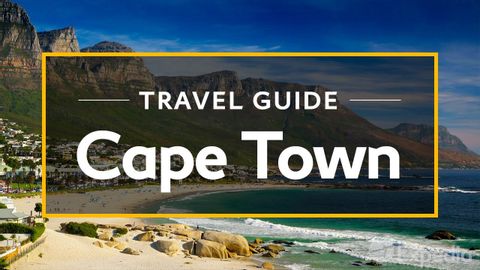
Subtitles & vocabulary
Cape Town Vacation Travel Guide | Expedia
00
Eric Wang posted on 2017/08/23Save
Video vocabulary
stretch
US /strɛtʃ/
・
UK /stretʃ/
- Verb (Transitive/Intransitive)
- To make your arm, leg muscles long to ease them
- To make something bigger by pulling on it
- Noun
- Making arm, leg muscles longer to ease them
- A consecutive row of things
A2TOEIC
More spectacular
US /spɛkˈtækjəlɚ/
・
UK /spekˈtækjələ(r)/
- Adjective
- Impressive or out of the ordinary
- Noun
- A lavish or elaborate display or performance.
B1
More cultivate
US /ˈkʌltəˌvet/
・
UK /'kʌltɪveɪt/
- Transitive Verb
- To grow plants, crops etc.
- To cause to grow by education; to enlighten
B1
More explore
US /ɪkˈsplɔr/
・
UK /ɪk'splɔ:(r)/
- Transitive Verb
- To examine something in detail to learn about it
- To travel to a place to discover more about it
A2TOEIC
More Use Energy
Unlock All Vocabulary
Unlock pronunciation, explanations, and filters
